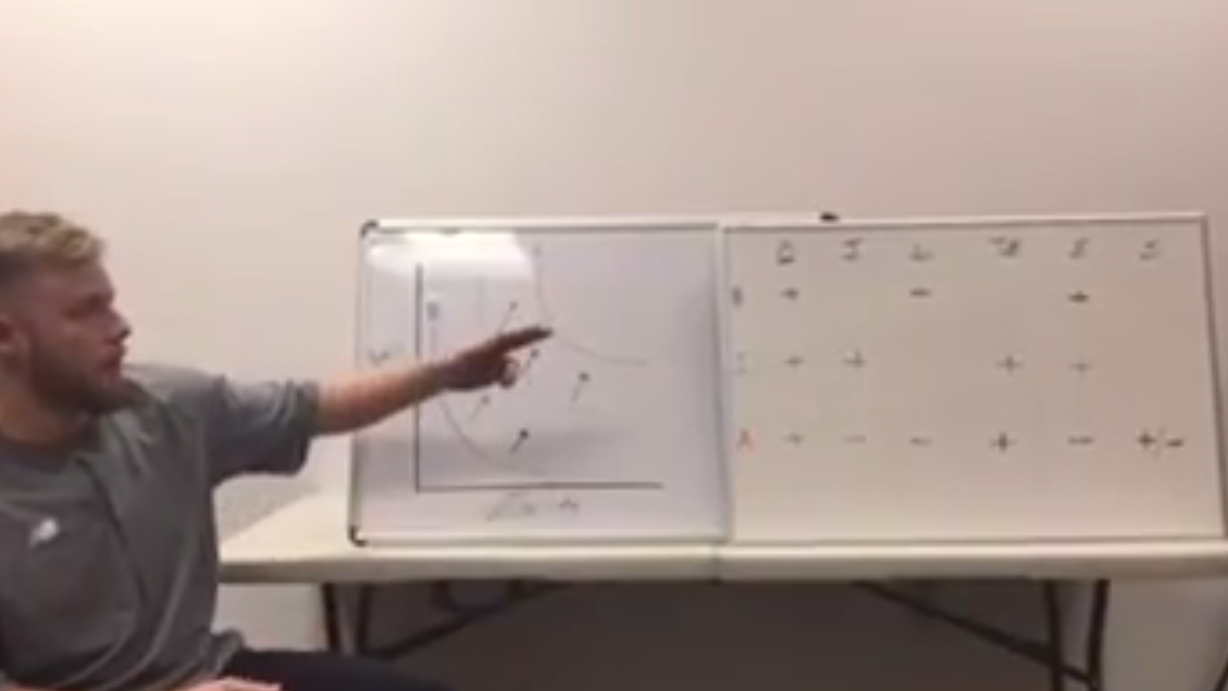
Periodization for Teenage Athletes – Part 3
Today is part 3 of Cressey Sports Performance coach John O’Neil’s look at periodization for teenage athletes. In case you missed them, be sure to check out Part 1 and Part 2 now. -EC
Programming for athletes that have a higher training age, skill level, and level of maturity becomes much more complex than the methods I outlined in part two of this series. Before some of the concepts I’ll be discussing are even worthwhile, the athlete needs to have achieved close to everything they possibly could from performing basic training OR be at such a high level of athletic skill that we need to weigh several more variables. In this final installment, I’ll outline the main variables that we need to consider and the execution of the programming itself.
Outlining The Variables
1. Athlete Type
2. Athlete Performance Level
3. Time of Offseason & Congruency With Skill Development
Athlete Type: It’s assumed that you’ve either had this athlete for a period of 1+ years or have the ability to figure out what type of athlete he is within a fairly short period of time. Analyzing an athlete’s needs isn’t just checking out how many degrees of motion are in individual joints; it’s about weighing where they fit on the force-velocity curve and figuring out their best avenue for exploitation. Is this athlete incredibly strong, but not fast? Put more of your eggs towards training elasticity/reactive qualities. Is this athlete incredibly fast-twitch, but struggles to deadlift 1.5xBW for sets of 3 to 5? Sounds like someone who needs to put more time into developing maximal strength. While your training should cover all ends of the spectrum, different athlete types need to emphasize different qualities.
Athlete Performance Level: What athletic achievements does the athlete expect to gain from training? How much playing time or what level of competition they are getting recruited to play at next often answers these questions. In our setting, throwing velocity and the fact that college recruiters often bank on it is the determinant of if our training is working. If a HS kid only throws 75 and wants to be recruited to play in college, training needs to be more markedly different than it is for the HS kid who throws 95.
Time of Offseason and Congruency with Skill Development: How much time does the athlete have to train consistently with you before the season begins, and, how does your program align with their skill development? At CSP, our offseason programming is directly aligned with our throwing programs for pitchers. It’s important to appreciate the stress that skill practice can have on your athletes and how this can affect qualities you are trying to train in the gym. All inputs are inputs, all stress is stress.
Programming Principles
At CSP, we use a conjugated periodization scheme with elements of Charlie Francis’ High/Low model. While these posts between concurrent and conjugated periodization schemes are separated, there is a huge gray area between the two. Concurrent periodization doesn’t abruptly end and conjugate periodization begins. Instead, programming becomes slightly more complex as the answers to the questions I outline in part 2 of this series begin to change: they’ve acquired more of a training age, they’ve likely become better at their sport, and hopefully they’ve gained some level of personal maturity. There is a difference between a strictly conjugate and a strictly concurrent program, but many athletes will live in the middle. It’s important to understand what you would do with someone at one extreme, from a raw, 13 year old beginner to an 18-yr old who throws 96 and has been training with you for years.
Within this conjugated scheme, exact exercise selection matters less. This athlete doesn’t need multiple sessions to figure out how to work up to a load that actually creates an adaptation. This concept was originally popularized by Westside Barbell, where their powerlifters changed max effort day lifts as frequently as every 1-2 weeks. With our athletes, people will see the same exercises for at least 4 and often 8 weeks. It’s assumed that the athlete can perform a progression all the way up the chain on a progression/regression scale.
We need to pick exercises that allow the athlete to endure stress that will create a favorable adaptation while avoiding biomechanically offensive positions. That’s it.
[bctt tweet=”How we scale stressors in the week and month matter more than the squat/deadlift variation we use.”]
In this video, I elaborate on the differences between beginner and advanced periodization within our model and how we address the variables listed above in conjunction with our programming:
I hope this look into our periodization model with teenage athletes gives some insights that help you to manage the training of your up-and-coming athletes.
About the Author
John O’Neil (@ONeilStrength) is a coach at Cressey Sports Performance-MA. You can contact him by email at joh.oneil@gmail.com and follow him on Instagram.


